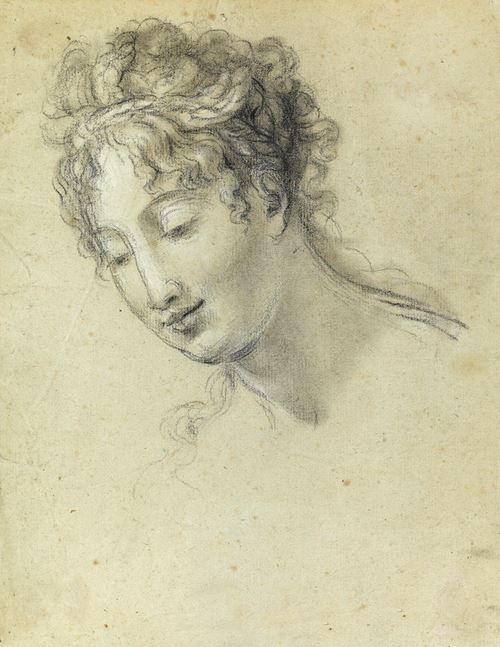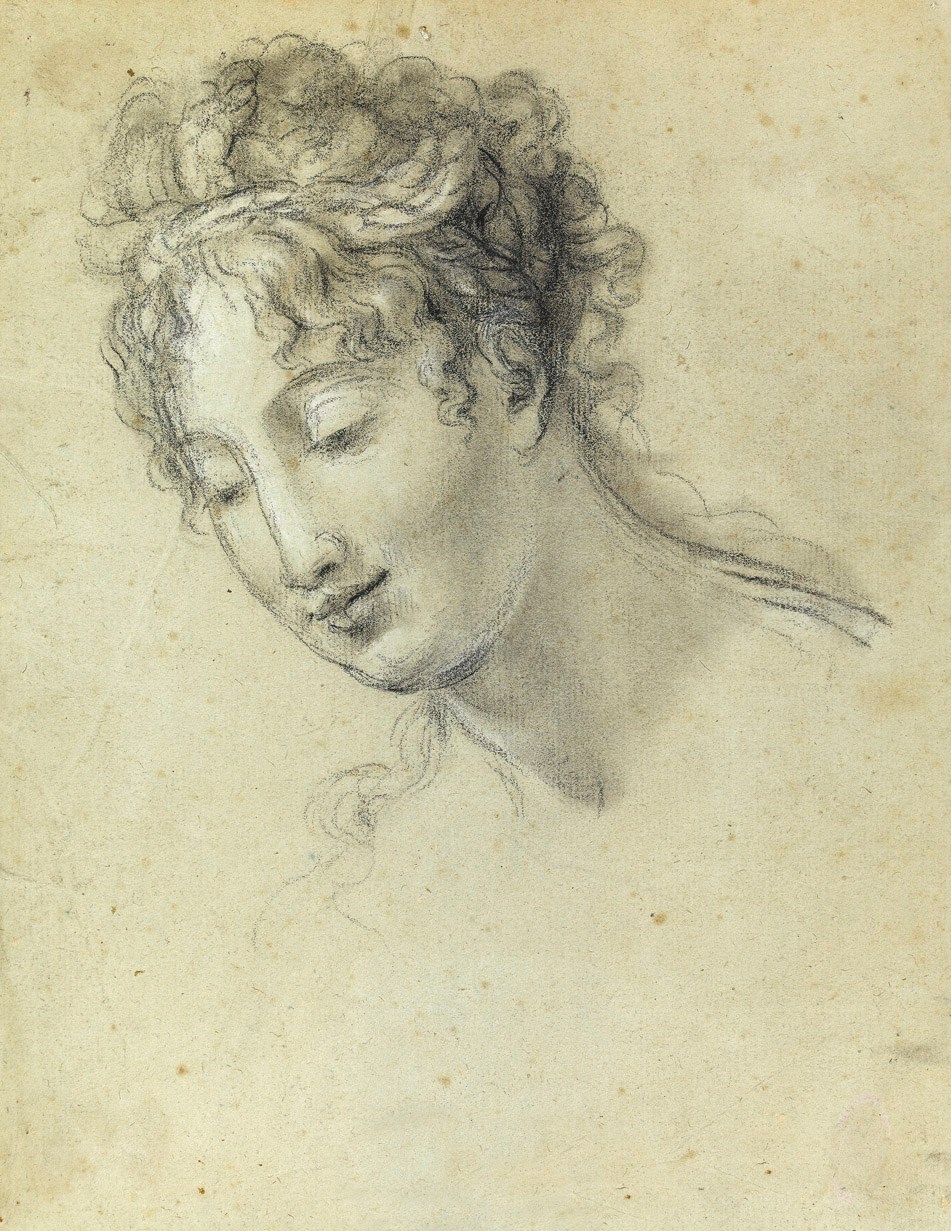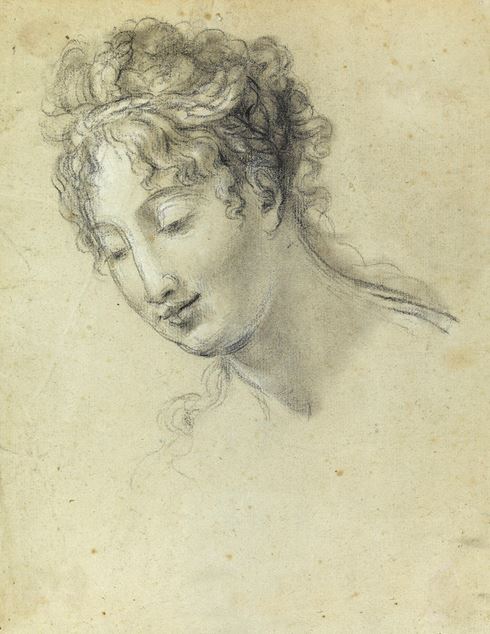
François Pascal Simon GERARD
Rome 1770 - Paris 1837
Biography
François Gérard spent much of his youth in Rome, where his father was part of the household of the French Ambassador to the Papal States. He returned with his family to Paris in 1780, and entered the studio of the sculptor Augustin Pajou, later studying with the painter Nicolas-Guy Brenet, and, from 1786, with Jacques-Louis David. He won second prize in the Prix de Rome of 1789 but did not enter the competition again; nevertheless he was able to spend two years in Italy between 1791 and 1793. On his return to France he won a competition for a painting of the Revolutionary subject of The 10th of August 1792, and as a result was given lodgings and a studio in the Louvre. Around this time Gérard produced a series of designs for book illustrations to La Fontaine, Racine and Voltaire, commissioned by the publisher Pierre Didot. Soon, however, he began to establish his reputation as a painter of mythological and historical subjects, typified by a painting of Belisarius, shown at the Salon of 1795, and a Cupid and Psyche, exhibited to great acclaim in 1798.
Gerard also gained a considerable reputation as a portraitist, due to the success of such works as the superb full-length portrait of the painter Jean-Baptiste Isabey and his Daughter, which found considerable favour with critics at the Salon of 1796. Indeed, by the beginning of the 19th century Gérard had became the most fashionable portrait painter in France, rivalling his master David. He received numerous commissions from Napoleon, his family and members of the Imperial court, as well as from significant figures throughout Europe. He also continued to paint large-scale history subjects, notably an Ossian painted for Malmaison in 1801 and several scenes from French history, now all at Versailles. Gérard was the recipient of numerous honours throughout his career, culminating in his ennoblement as a Baron in 1819.
Drawings by Baron Gérard have remained relatively little studied. His output includes portraits, compositional and figure studies for religious and history subjects, and several landscapes, as well as designs for book illustrations. While his drawings, and in particular the studies for history paintings and the illustrations from Virgil and Racine for Didot, reveal the particular Neoclassical influence of David’s draughtsmanship, Gérard’s portrait drawings often display a more languid sensuality that anticipates the Romanticism of the succeeding generation of artists. Around two hundred drawings by Gérard are today in the Louvre.


